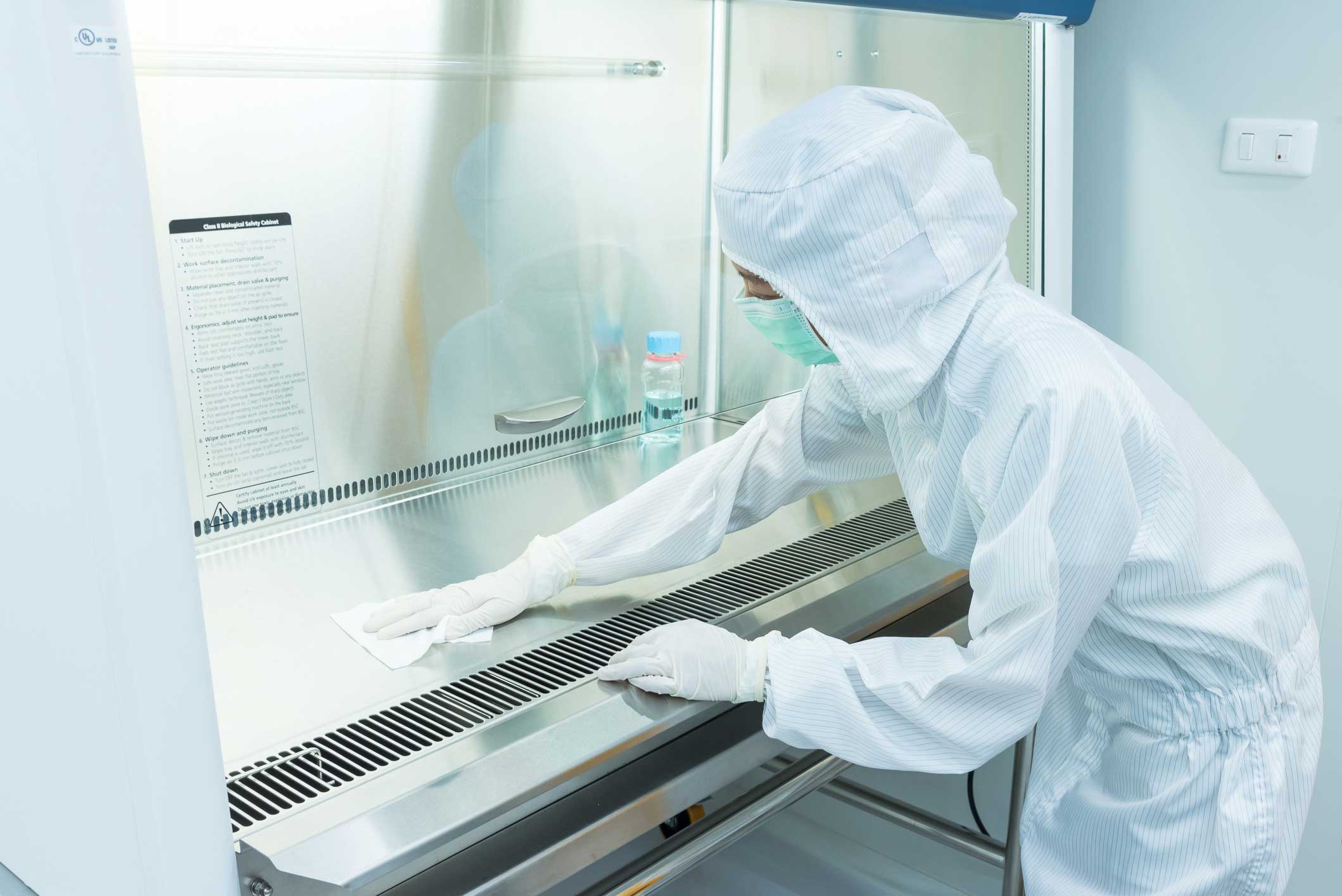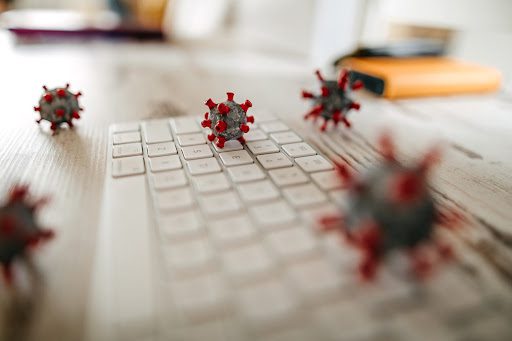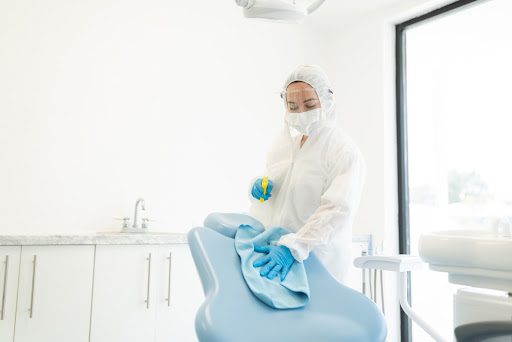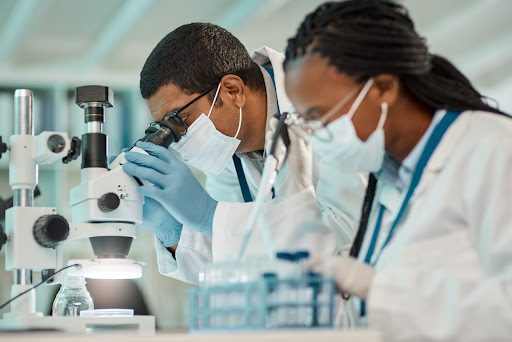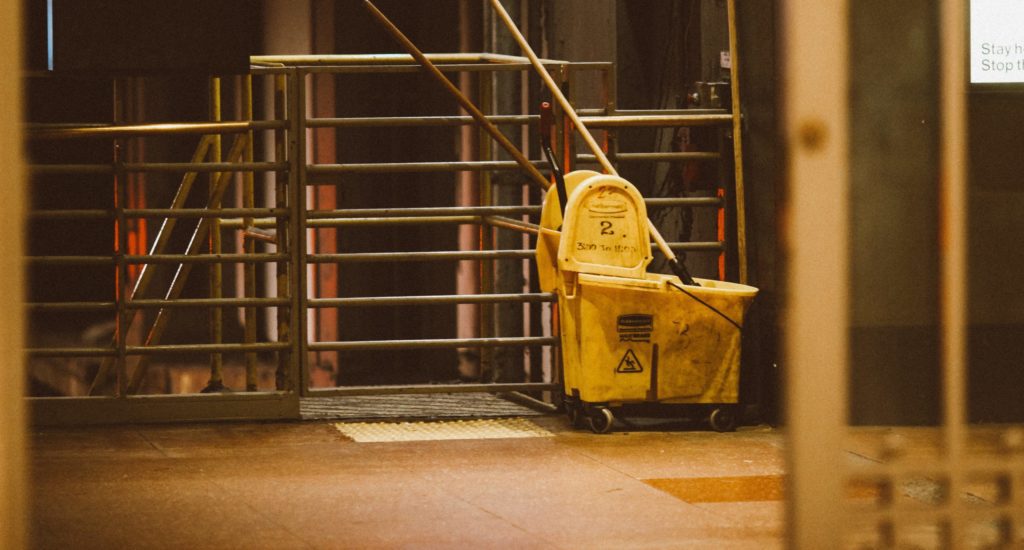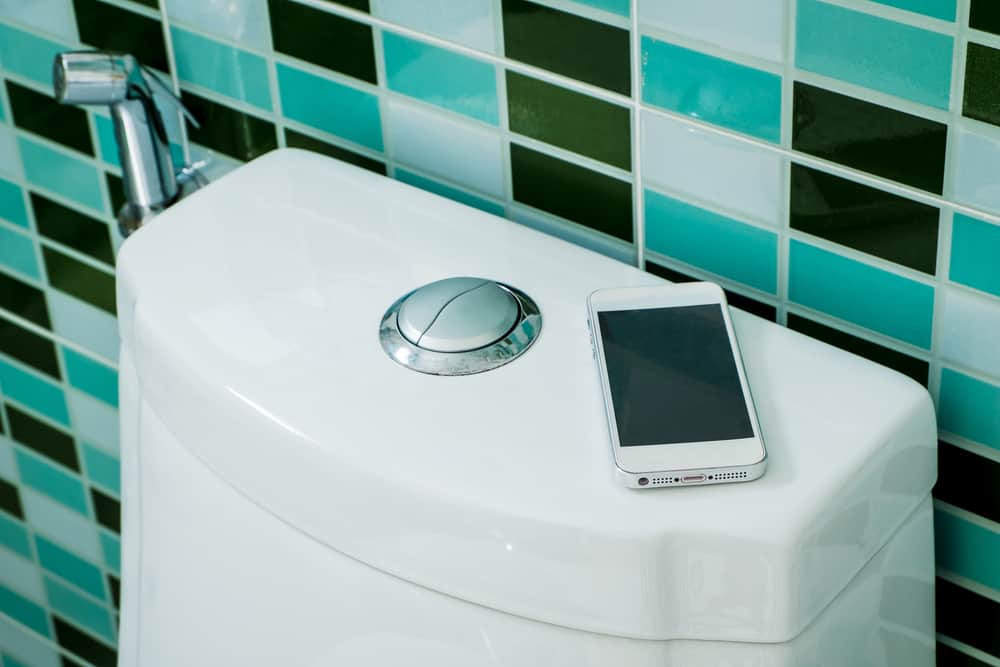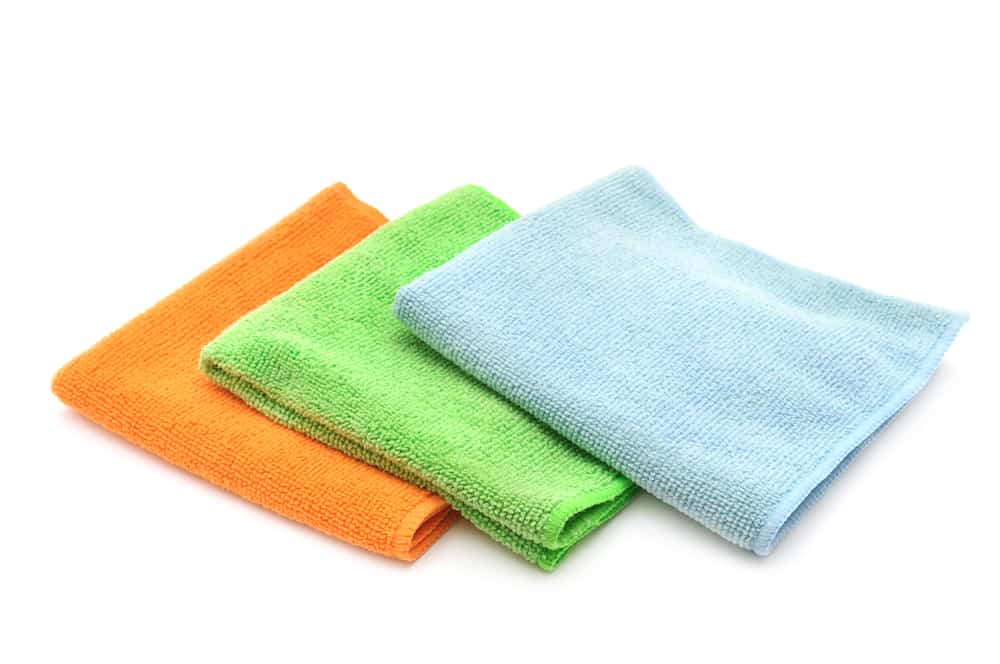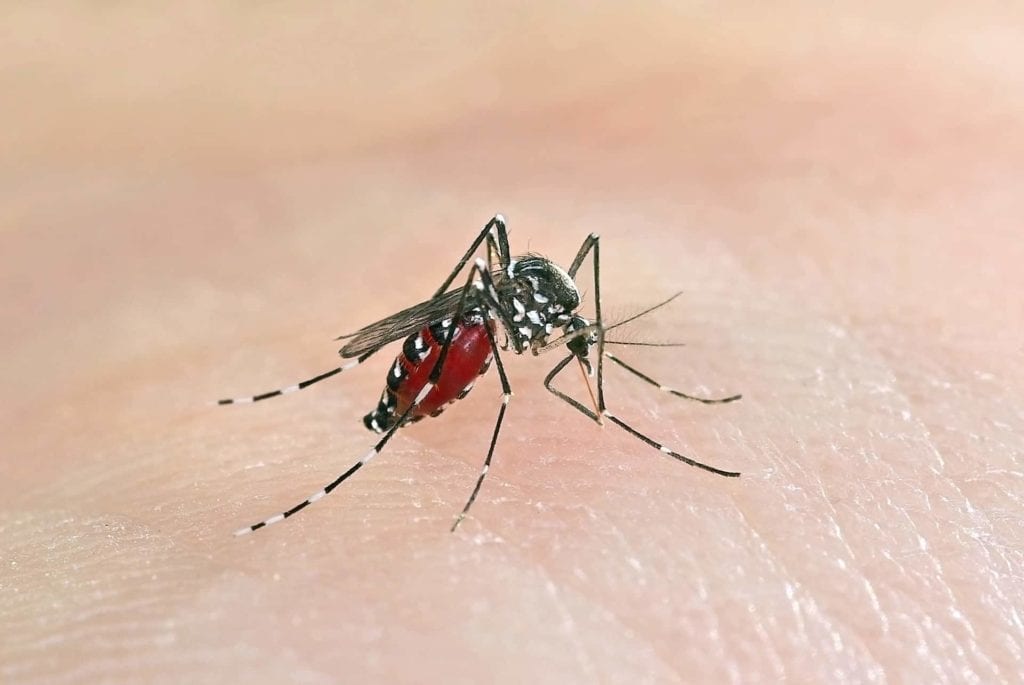How do we tell or smell if something is clean or if it isn’t? Since time immemorial, the answer to that question has been chiefly subjective, based on visual evidence such as debris, stains, soiling or dust. Estimation of cleanliness may also have been established from a particular definition of janitorial tasks.
In the past, we didn’t necessarily pay the strictest of attention to the cleanliness of spaces. But the covid-19 pandemic has radically changed all that, and today cleanliness has taken a front and center position. No longer are we seeking ways to accomplish cleaning as cheaply as possible to meet budget cuts and requirements. In order to keep businesses open and operating, we’ve had to get serious about cleaning and disinfecting.
Defining the Program
A great start to ensuring cleanliness is through a well-defined scope of required cleaning, along with regularly scheduled inspection protocols. Ensuring that your cleaning company fully understands this scope and these protocols, and that they have a system for accomplishing them, is equally important. Details such as the use of color-coded microfibers, effective cleaning and disinfecting products, and scheduled supervisor inspection are also vital. The cleaning company should also have a backfill program to account for ill or absent personnel.
But with the covid-19-necessitated raising of cleaning standards, we have introduced a significant improvement in the measure of cleanliness: ATP testing.
What is ATP?
First, let’s define ATP. Adenosine triphosphate, or ATP, is a molecule that can be found in all living cells. ATP can come from any type of organic matter that was once alive, such as human skin, bacteria, food residue or mold. Levels of ATP present on a surface or in an environment are a remarkable index of cleanliness.
What is ATP Testing?
ATP testing has been around for many years. It was initially developed to monitor cleaning in the healthcare and foodservice industries. Because of its effectiveness, it has now been introduced for use in all facilities.
The level of ATP can be quantified through the use of a device called a luminometer. This device measures light produced from ATP’s reaction with an enzyme called luciferase (naturally occurring in fireflies). The amount of light produced is directly proportional to the amount of ATP present in the sample. Each ATP measuring system has established values or benchmarks for different types of facilities.
 ATP Testing by JaniTek
ATP Testing by JaniTek
Several of JaniTek’s clients had a suspected or actual covid-19 outbreak. As a result, they requested ATP testing to provide an additional level of assurance that their facility had been adequately cleaned. While ATP testing is not explicitly conducted for covid, it accurately measures ATP levels, determining if a surface is indeed totally clean.
Of the several ATP testing options available, JaniTek chose the 3M Clean-Trace Hygiene Monitoring and Management System. This was done for several reasons. The 3M Clean-Trace system includes an instructor from 3M, and a site plan outline to identify which surfaces should be tested and how often. A cloud-based software system wirelessly uploads data for quantitative analysis. Finally, this system is simple, easy to use, and provides immediate results.
Through the use of ATP testing, JaniTek is able to measure its own cleaning performance and verify optimal levels of cleanliness. This state-of-the-art testing takes less than 30 seconds to complete.
Peace-of-mind is thereby provided to our clients that their facility has been adequately cleaned and disinfected.
Contact JaniTek today to learn more about ATP testing as part of your cleaning and disinfecting plan.

